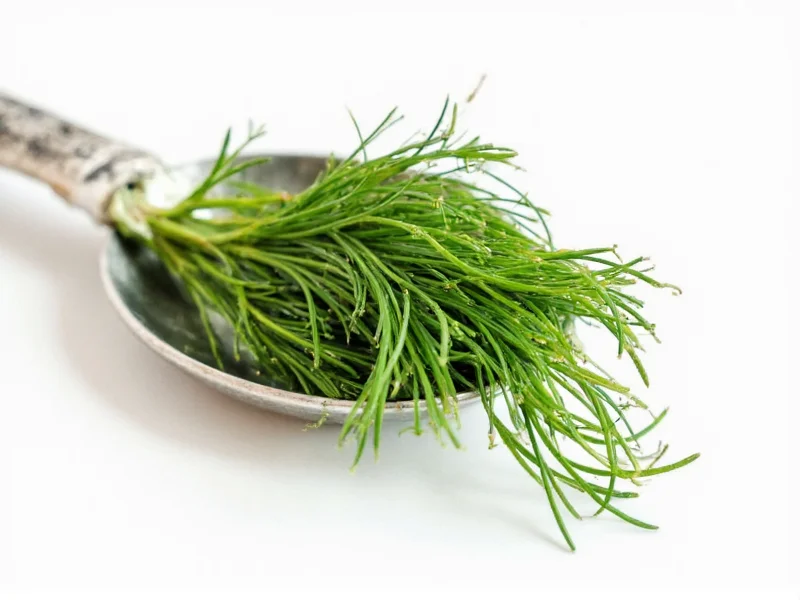Understanding herb conversions is essential for consistent cooking results. When a recipe calls for fresh dill but you only have dried dill available (or vice versa), knowing the precise conversion ratio prevents your dishes from becoming either bland or overpoweringly herbal.
Why Fresh and Dried Herbs Require Different Measurements
Fresh herbs contain significant moisture that evaporates during the drying process, concentrating their essential oils and flavor compounds. Dried dill typically has about three times the flavor intensity of fresh dill because the water content has been removed, leaving behind a more potent herb.
Chefs and experienced home cooks understand that improper herb substitution represents one of the most common reasons for inconsistent recipe results. The difference between a perfectly seasoned dish and an unbalanced one often comes down to proper herb measurement conversion.
Complete Dill Conversion Chart
| Fresh Dill | Dried Dilled Equivalent | Best Used For |
|---|---|---|
| 1 teaspoon | 1/3 teaspoon | Sauces, dressings, finishing dishes |
| 1 tablespoon | 1 teaspoon | Stews, soups, casseroles |
| 1/4 cup | 1 tablespoon | Pickling, brines, marinades |
| 1 cup | 1/4 cup | Large batch cooking, preserving |
Factors That Affect Dill Conversion Accuracy
While the standard 3:1 ratio (fresh to dried) serves as a reliable guideline, several factors can influence the ideal conversion for your specific situation:
- Herb quality: Freshness of both fresh and dried dill affects potency. Older dried herbs lose potency over time.
- Drying method: Sun-dried, oven-dried, or commercially dehydrated dill may have slightly different concentrations.
- Storage conditions: Properly stored dried dill maintains potency longer than herbs exposed to light, heat, or moisture.
- Culinary application: Dishes with long cooking times may require slightly less dried dill as flavors continue to concentrate.
Practical Tips for Substituting Fresh and Dried Dill
When converting between fresh and dried dill in your recipes, consider these professional cooking techniques:
- Add dried dill early in the cooking process to allow time for rehydration and flavor release
- Use fresh dill as a finishing herb added at the end of cooking to preserve delicate flavors
- For the most accurate measurement, lightly pack dried dill into measuring spoons rather than scooping directly
- When in doubt, start with slightly less dried dill and adjust to taste after cooking
- Store dried dill in airtight containers away from light to maintain maximum potency for up to 1-2 years
Common Herb Conversion Mistakes to Avoid
Many home cooks make these critical errors when substituting fresh and dried herbs:
- Using a 1:1 ratio instead of accounting for the concentration difference
- Adding dried herbs at the same stage as fresh herbs would be added
- Not adjusting for the age of dried herbs (older = less potent)
- Measuring dried herbs by volume without considering density variations
- Substituting without considering how the dish's cooking method affects flavor development
When to Adjust the Standard Conversion Ratio
While 1 teaspoon fresh dill to 1/3 teaspoon dried dill serves as the standard conversion, certain situations warrant adjustments:
- Delicate dishes: For subtle preparations like fish or egg salads, use 1/4 teaspoon dried dill instead of 1/3 teaspoon
- Long-cooking recipes: In soups or stews simmered for hours, reduce dried dill by 25% to prevent overpowering flavors
- Older dried herbs: If your dried dill is more than 6 months old, increase the amount by 25-50% for equivalent flavor
- Personal preference: Adjust based on your taste preferences after trying the standard ratio
Understanding Dill's Flavor Profile for Better Substitutions
Dill has a distinctive flavor profile that combines grassy, citrusy, and slightly anise-like notes. When substituting between fresh and dried forms, remember that drying changes not just the intensity but also the flavor balance:
- Fresh dill offers brighter, more citrus-forward notes
- Dried dill develops deeper, earthier characteristics with less citrus brightness
- The conversion ratio addresses intensity but not flavor profile differences
- For best results, consider adding a tiny squeeze of lemon when using dried dill to compensate for lost citrus notes
Measuring Herbs Accurately for Consistent Results
Precise measurement techniques significantly impact your conversion success:
- Use proper measuring spoons rather than estimating
- For fresh dill, lightly pack the spoon without compressing the herb
- For dried dill, spoon the herb into the measuring spoon and level off (don't pack)
- Consider weighing herbs for critical recipes (1 teaspoon fresh dill ≈ 0.5g, 1/3 teaspoon dried ≈ 0.3g)
Frequently Asked Questions
Can I use dried dill instead of fresh in tzatziki?
Yes, but use one-third the amount of dried dill compared to fresh. For tzatziki specifically, start with 1/2 teaspoon dried dill per cup of yogurt and adjust to taste, as the creamy base can mellow herb flavors.
How do I adjust dill measurements when making pickles?
For pickling, use a 4:1 ratio instead of 3:1 (1 tablespoon fresh dill = 1/4 teaspoon dried dill). The vinegar and extended processing time intensify dried dill's flavor more than in fresh applications.
Does the conversion differ for dill weed versus dill seed?
Yes, significantly. Dill seed has a stronger, more pungent flavor than dill weed (the leafy part). When substituting dill seed for fresh dill, use only 1/4 teaspoon seed per tablespoon of fresh dill, as seeds are much more potent.
How long does dried dill maintain its potency for accurate conversions?
Properly stored dried dill maintains optimal potency for 1-2 years. After 6 months, you may need to increase amounts by 25% for equivalent flavor. Store in an airtight container away from light and heat to maximize shelf life.











 浙公网安备
33010002000092号
浙公网安备
33010002000092号 浙B2-20120091-4
浙B2-20120091-4